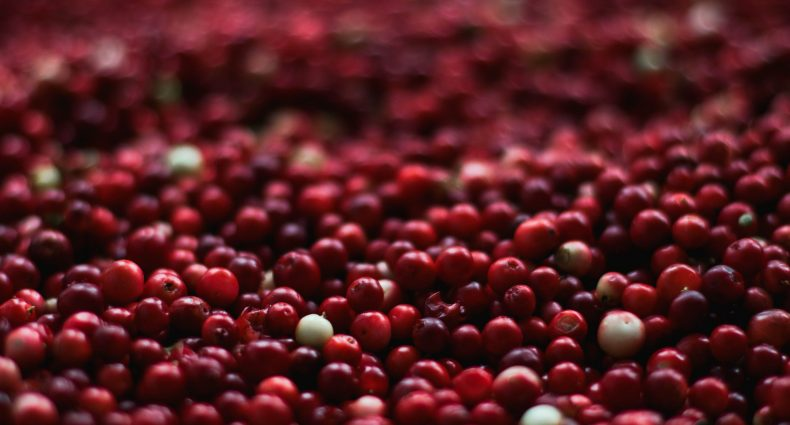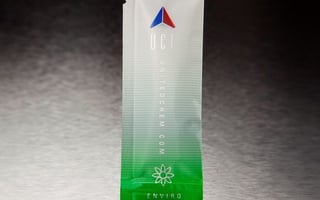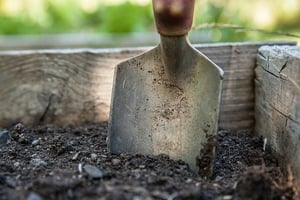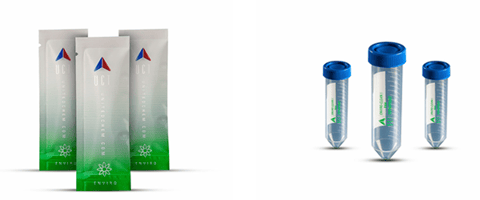Romanian scientists¹ have developed a quick and easy analytical method to determine if wines...
UCT QuEChERS Kits Cited in Cranberry Perfluoroalkyl Substances Study

In a recent study by Susan Genualdi et al., (FOOD ADDITIVES & CONTAMINANTS: PART A, 2017 https://doi.org/10.1080/19440049.2017.1361046 ), UCT’s QuEChERS kits (AOAC 2007.1, 6 g MgSO₄ with 1.5 g NaCl) and dispersive SPE (dSPE) sorbent (0.9 g MgSO₄, 0.3 g primary, secondary amine [PSA], 0.15 g graphitized carbon black [GCB]) and were used for the extraction of PFAS in cranberries. In the extraction, a homogenate of 20 grams of cranberries was combined with LCMS grade water. The sample was ground for 1 minute at 5000 rpm. A 10 g portion of the homogenate (equivalent to 5 g cranberries) was placed in a 50 mL polypropylene (PP) conical centrifuge tube, spiked with 13C8 PFOA and 13C8 PFOS surrogate standards. 10 mL of dichloromethane and 150 µL of formic acid were added to the sample, and the mixture was vortexed/shaken for 2 minutes. A salt pouch (6 g MgSO₄ and 1.5 g NaCl) was added, and the tube was shaken/vortexed for 2 minutes and centrifuged for 5 minutes at 10,000 rcf. 6 mL of the supernatant was transferred into a 15 mL PP conical centrifuge tube containing dSPE sorbent (0.9 g MgSO₄, 0.3 g PSA, 0.15 g GCB). The tube was shaken/vortexed vigorously for 2 minutes and centrifuged for 5 minutes at 10,000 rcf. 1 mL of the supernatant was transferred into a 15 mL PP conical centrifuge tube and internal standard was added prior to analysis by liquid chromatography-tandem mass spectrometry. To test the methodology, cranberry samples were spiked with PFOA and PFOS at 10, 20 and 40 ng per gm for method validation. All method recoveries fell within the required range of 60% to 115%. This study shows the efficiency and productivity that can be achieved by scientists using UCT’s famous QuEChERS Kits in the area of public food safety analysis. For more information regarding UCT’s QuEChERS Kits, methods and applications, please visit this page.




